Tesla has officially opened its Supercharger network to a wider range of electric vehicle (EV) brands, including General Motors (GM), Ford, and Rivian. This significant move marks a pivotal moment in the EV industry, as it enhances charging accessibility for a growing number of electric vehicle owners across the United States.
Key Takeaways
- GM vehicles, including the Chevrolet Silverado EV and Cadillac Lyriq, gain access to Tesla’s Supercharger network.
- Ford and Rivian also join the list of manufacturers whose EVs can utilize Tesla’s charging stations.
- This collaboration aims to improve the overall EV charging infrastructure and user experience.
The Expansion of Tesla’s Supercharger Network
Tesla’s Supercharger network has long been regarded as one of the most extensive and reliable charging infrastructures available for electric vehicles. With the recent announcement, Tesla is now allowing other manufacturers to tap into this network, which is expected to alleviate range anxiety among EV users.
The integration of GM, Ford, and Rivian vehicles into the Supercharger ecosystem means that owners of these brands can now charge their vehicles at thousands of Tesla Supercharger stations across the country. This is particularly beneficial for long-distance travel, where charging options can be limited.
Benefits for EV Owners
The inclusion of multiple brands into Tesla’s Supercharger network offers several advantages:
- Increased Charging Options: EV owners will have access to a larger number of charging stations, reducing the likelihood of running out of battery on long trips.
- Faster Charging Times: Tesla’s Superchargers are known for their rapid charging capabilities, allowing users to recharge their vehicles quickly and efficiently.
- Enhanced User Experience: With a unified charging network, users can enjoy a more seamless experience, regardless of their vehicle brand.
The Future of EV Charging
This collaboration is a significant step towards a more integrated and user-friendly EV charging landscape. As more manufacturers join forces with Tesla, the potential for a standardized charging experience increases, which could lead to:
- Improved Infrastructure: A more robust charging network that can support the growing number of electric vehicles on the road.
- Increased Adoption of EVs: With better access to charging stations, more consumers may consider switching to electric vehicles, further driving the transition to sustainable transportation.
Conclusion
The opening of Tesla’s Supercharger network to GM, Ford, Rivian, and other EV brands represents a major milestone in the electric vehicle industry. By enhancing charging accessibility and convenience, this initiative not only benefits current EV owners but also paves the way for future growth in the electric vehicle market. As the industry continues to evolve, collaborations like this will be crucial in shaping a sustainable and efficient transportation future.

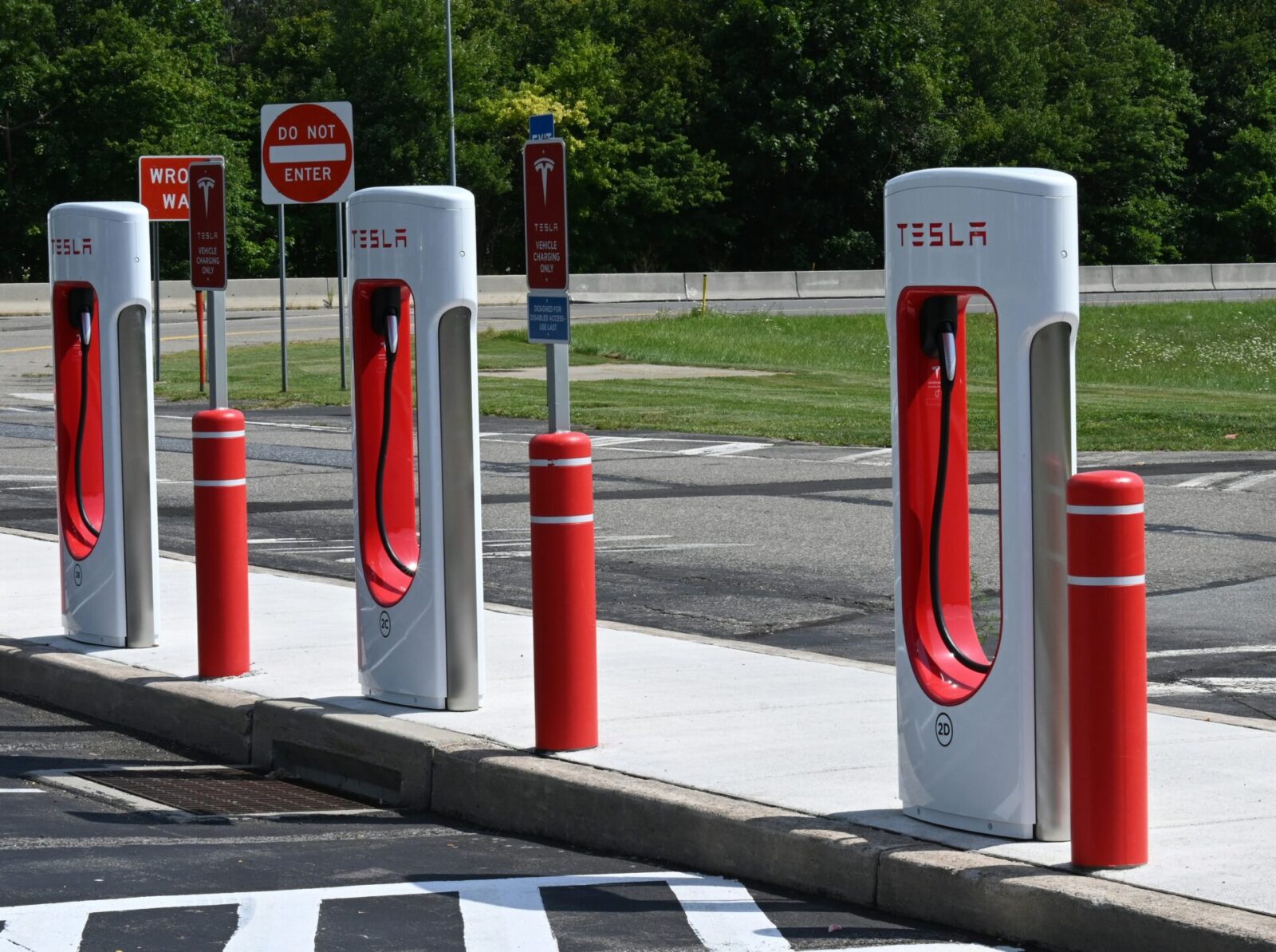
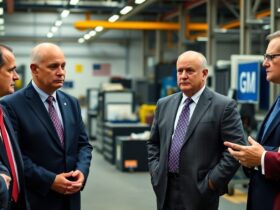
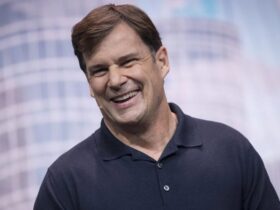
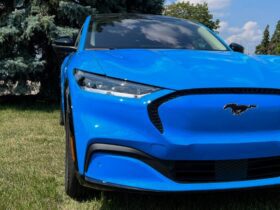


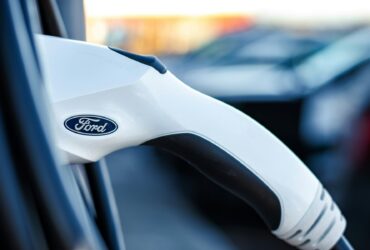

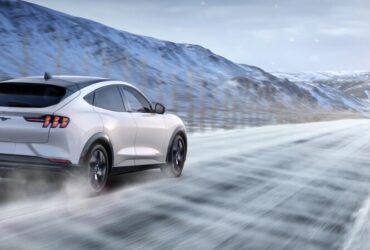

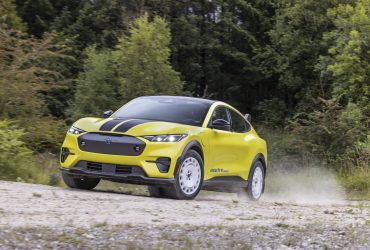
Leave a Reply